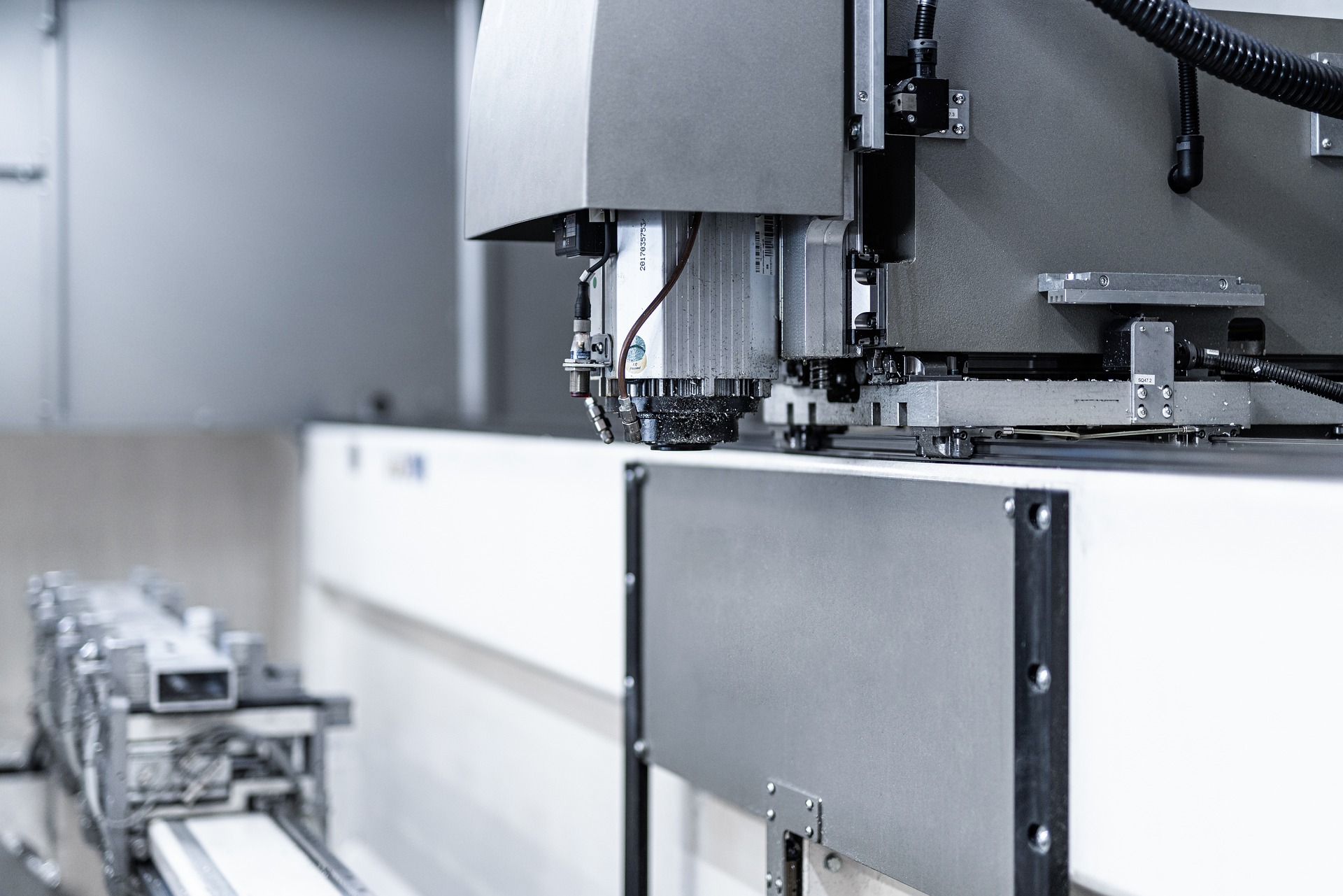Micromanufacturing: Small-Scale Production, Big Impact
Revolutionizing industrial landscapes, micromanufacturing emerges as a game-changer for businesses seeking agility and customization. This innovative approach to production challenges traditional manufacturing paradigms, offering unique advantages in efficiency, cost-effectiveness, and market responsiveness. As industries grapple with evolving consumer demands and technological advancements, micromanufacturing presents a compelling solution for streamlined operations and enhanced competitiveness.

The evolution of micromanufacturing has been closely tied to advancements in materials science, nanotechnology, and automation. As these fields progressed, so did the capabilities of micromanufacturing systems, enabling the production of increasingly complex and miniaturized components. This shift has not only revolutionized product design but has also opened up new possibilities for customization and on-demand production, challenging the traditional economies of scale that have long dominated industrial thinking.
Key Technologies Driving Micromanufacturing
At the heart of micromanufacturing lies a suite of cutting-edge technologies that enable precise control over material manipulation at the microscale. Micro-electrical discharge machining (Micro-EDM) stands out as a cornerstone technology, allowing for the creation of intricate shapes in conductive materials with unparalleled accuracy. This process uses electrical discharges to erode material, achieving tolerances as fine as a few micrometers.
Laser micromachining is another pivotal technology in the micromanufacturing toolkit. By harnessing the power of focused laser beams, manufacturers can cut, drill, and etch materials with exceptional precision. This technique is particularly valuable for working with delicate or heat-sensitive materials, as it minimizes thermal damage and allows for non-contact processing.
Additive manufacturing, or 3D printing, has also found its place in the micromanufacturing realm. Techniques such as two-photon polymerization enable the creation of three-dimensional microstructures with resolutions down to 100 nanometers. This capability has opened up new frontiers in fields like tissue engineering and microfluidics, where the ability to create complex, microscale structures is paramount.
Economic Implications of Micromanufacturing
The adoption of micromanufacturing practices carries significant economic implications for businesses across various industries. One of the most compelling advantages is the reduction in material waste. Traditional manufacturing often involves subtractive processes that generate substantial amounts of scrap material. In contrast, micromanufacturing techniques are often additive or highly precise, minimizing waste and reducing raw material costs.
Moreover, micromanufacturing enables a more flexible and responsive production model. The ability to quickly retool and produce small batches of customized products allows businesses to adapt swiftly to market demands. This agility can be a crucial competitive advantage in industries where consumer preferences are rapidly evolving or where personalization is highly valued.
The economic benefits extend to inventory management as well. With micromanufacturing, companies can adopt a just-in-time production approach, reducing the need for large inventories of finished goods. This shift not only frees up capital that would otherwise be tied up in stock but also minimizes the risk of obsolescence, particularly important in fast-moving industries like electronics.
Challenges and Limitations
While micromanufacturing offers numerous advantages, it is not without its challenges. One of the primary hurdles is the high initial investment required for specialized equipment and facilities. The precision machinery and clean room environments necessary for micromanufacturing can be cost-prohibitive for smaller businesses or those just entering the field.
Scaling up micromanufacturing processes to meet high-volume production demands can also be challenging. While ideal for customized or low-volume production, some micromanufacturing techniques may struggle to match the output rates of traditional mass production methods. This limitation can restrict its applicability in certain industries or product categories where economies of scale are critical.
Quality control and consistency present another set of challenges in micromanufacturing. The microscopic scale of production demands extremely tight tolerances and sophisticated inspection techniques. Ensuring uniformity across batches and detecting defects at such small scales requires advanced metrology tools and stringent quality management systems.
Industry Applications and Case Studies
The versatility of micromanufacturing has led to its adoption across a wide range of industries, each leveraging its unique capabilities to drive innovation and efficiency. In the medical device sector, micromanufacturing has enabled the production of miniaturized implants and diagnostic tools. For instance, companies like Microfabrica have utilized additive manufacturing techniques to create complex, microscale components for minimally invasive surgical instruments, improving patient outcomes and reducing recovery times.
The aerospace industry has also embraced micromanufacturing to produce lightweight, high-strength components for aircraft and satellites. By utilizing techniques like selective laser melting, manufacturers can create intricate internal structures that optimize strength-to-weight ratios, crucial for fuel efficiency and payload capacity.
In the consumer electronics realm, micromanufacturing has played a pivotal role in the ongoing miniaturization of devices. Companies like Apple and Samsung rely on precision micromanufacturing processes to produce the intricate components found in smartphones and wearable technology, enabling sleeker designs and enhanced functionality.
Practical Insights for Implementing Micromanufacturing
• Conduct a thorough cost-benefit analysis before investing in micromanufacturing equipment
• Start with pilot projects to test the feasibility and effectiveness of micromanufacturing for your specific products
• Invest in training and upskilling your workforce to handle the sophisticated technologies involved
• Consider partnering with specialized micromanufacturing service providers to reduce initial capital expenditure
• Implement rigorous quality control measures tailored to the microscale of production
• Explore hybrid manufacturing approaches that combine micromanufacturing with traditional techniques for optimal efficiency
As industries continue to evolve, micromanufacturing stands poised to play an increasingly significant role in shaping production strategies. Its ability to produce high-precision, customized components with minimal waste aligns perfectly with the growing demand for sustainable and flexible manufacturing solutions. While challenges remain, particularly in scaling and initial investment, the potential benefits of micromanufacturing make it a compelling option for businesses looking to stay competitive in an increasingly complex industrial landscape. As technology advances and costs decrease, we can expect to see wider adoption of micromanufacturing across various sectors, driving innovation and opening new possibilities for product design and manufacturing efficiency.





